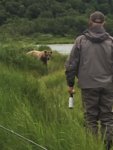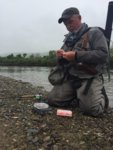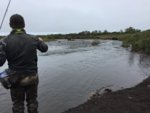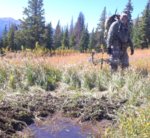UglyArcher
FNG
- Joined
- Mar 25, 2019
- Messages
- 78
Lower 48,10mm,Real Bears, .44.The scenario...you and another guy are doing a fly in - float out archery hunting trip and neither of you wants to haul a rifle or shotgun along. Instead you will both carry spray and a sidearm. You have two weapons to choose from, a S&W 329PD (.44mag wheel gun) w/ 4" barrel or a Glock G40 (10mm auto) w/ 6" barrel. THESE ARE YOU SOLE CHOICES-DON'T RECOMMEND ANYTHING ELSE.
We've all seen the argument for and against:
You want no regrets as the bush plane that just dropped you off disappears over the horizon. What's strapped to you and why? I made up my mind and will share my choice and reason for it once you guys have posted your opinions.





